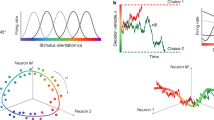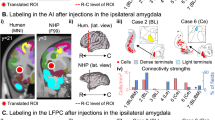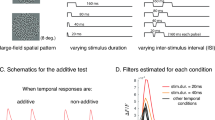Abstract
The goal of this paper is twofold. We propose and explore a model to study the synchronization among populations in the canonical model of the neocortex proposed previously by (R.J. Douglas, K.A.C. Martin, A functional microcircuit for cat visual cortex. J.Physiol. 440(1991) 735–769). For this, a model describing N synapses of each m-population (m = 1, 2,3) is proposed. Each synapse is described by a system of 2 stochastic differential equations (SDEs). Then, by using the dynamical mean field approximation (DMA) (H. Hasegawa, Dynamical mean-field theory of spiking neuron ensembles: Response to a single spike with independent noises, Phys. Rev. E. (2003)1-19.) the system of several SDEs is reduced to 12 ordinary differential equations for the means and the second-order moments of global variables. The connectivity among populations is obtained by summarizing in the canonical model the detailed information from a quantitative description of the circuits formed in cat area 17 given in (T.Binzegger, R.J. Douglas, K.A. Martin, A Quantitative Map of the Circuit of Cat Primary Visual Cortex, J. Neurosci. 24 (2004) 8441- 8453). In the framework of the used DMA we propose a measure for inter-population synchronization. Simulations are carried out for exploring how inter-population synchrony is related to the variation of firing frequency of each population. Our results suggest that superficial pyramidal clusters appear to have a predominant influence on the synchronization process among pyramidal populations as well as put forward the active role of inhibition in the rest of the synchronizations between populations.
Similar content being viewed by others
Article PDF
Author information
Authors and Affiliations
Corresponding authors
Rights and permissions
About this article
Cite this article
Martínez-Cancino, R., Sotero Diaz, R. Dynamical Mean Field approximation of a canonical cortical model for studying inter-population synchrony. Nat Prec (2011). https://doi.org/10.1038/npre.2011.5583.1
Received:
Accepted:
Published:
DOI: https://doi.org/10.1038/npre.2011.5583.1



